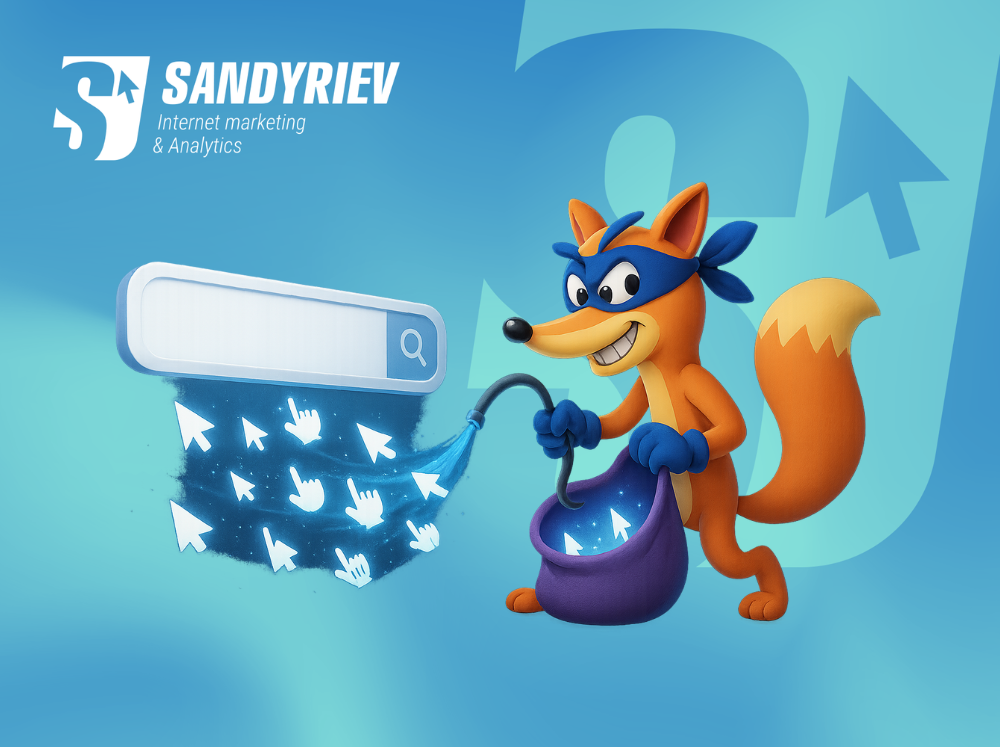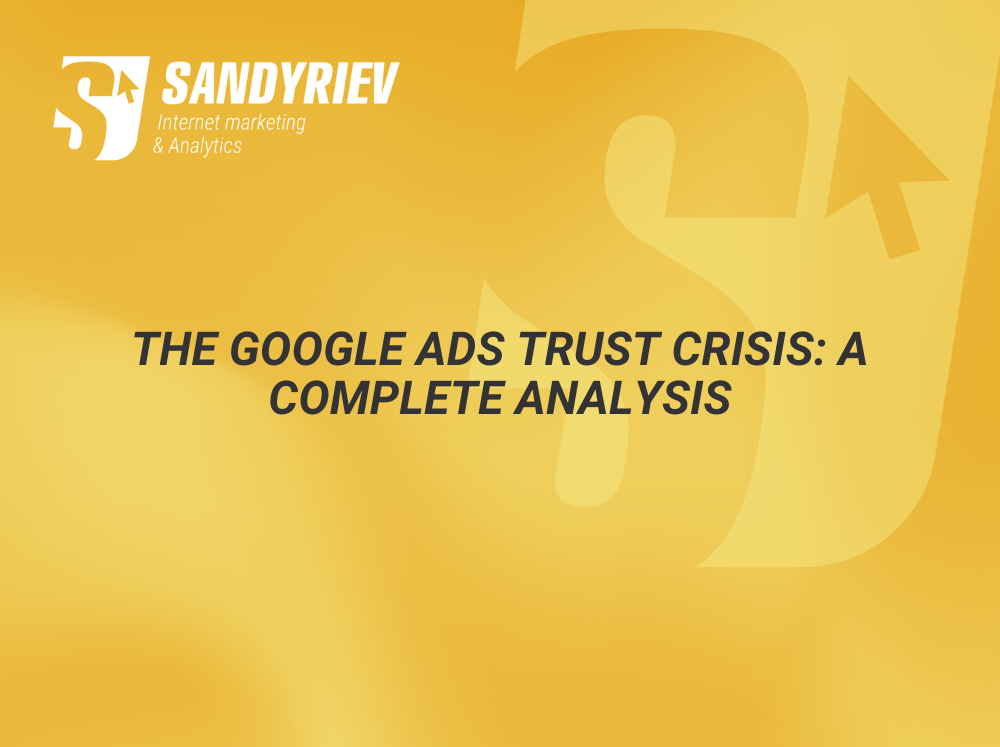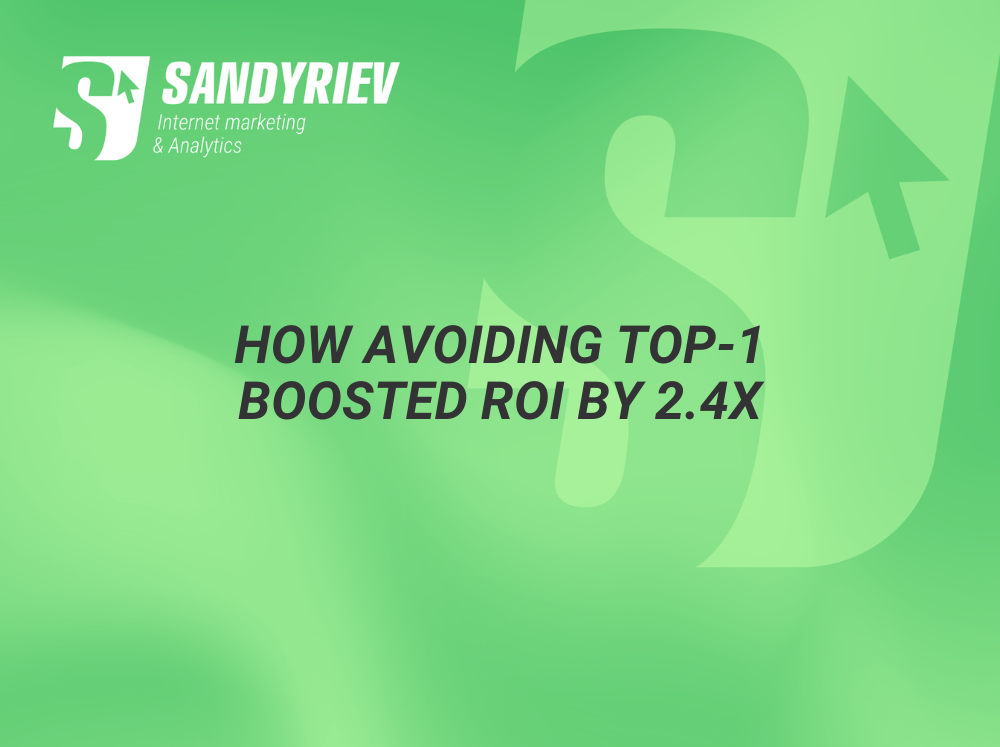Introduction: Why Your Keywords Are Bleeding Money
“I spent $47,000 last year on Google Ads and got 12 new clients. Something’s deeply wrong.”
This was Sarah, a skilled family therapist from London, when she first reached out. Beautiful website, active on social media, glowing testimonials—but her Google Ads were a black hole for money.
Sound familiar? You pour thousands into keywords that “seem relevant,” chase high search volumes, and wonder why your bank account shrinks while your calendar stays empty.
Here’s the brutal truth: most helping professionals choose keywords like throwing darts blindfolded. You’re not failing because Google Ads don’t work—you’re failing because you’re guessing instead of measuring.
Today I’ll show you exactly how to stop the guesswork. In the next 15 minutes, you’ll learn a systematic approach that turns keyword selection from gambling into science. No more hoping. No more bleeding money. Just clear, profitable choices.
Quick example: Using this method, Sarah cut her keyword list from 847 to 23 words, reduced her monthly spend by 60%, and doubled her new client bookings. Ready to see how?
📌 What is RICE and Why It’s Perfect for Google Ads?
RICE is a prioritization framework originally created for product teams. It stands for:
- Reach — how many people you can impact
- Impact — how much value you create
- Confidence — how sure you are about your prediction
- Effort — how much work it takes
The magic formula: (Reach × Impact × Confidence) / Effort
Why does RICE crush “gut feeling” methods? Because it forces you to evaluate every keyword across four dimensions simultaneously. No more “this keyword looks good”—you get concrete numbers that predict profitability.
I’ve adapted each component specifically for Google Ads and helping professionals. Instead of abstract scores, you’ll use real metrics from Keyword Planner and your actual experience.
🎯 Complete RICE Guide for Google Ads Keywords
📈 1. R – REACH (How Many People You Can Actually Reach)
Reach shows your true potential audience for each keyword. But raw search volume tells only half the story—you need to adjust for reality.
Here’s how to calculate real Reach:
Start with: Monthly Search Volume from Google Keyword Planner
Then multiply by these adjustments:
- Seasonal patterns — because therapy demand changes throughout the year
- Steady year-round: 1.0
- Winter boost (family issues, relationship stress): 1.2
- Summer dip: 0.8
- Growth trend — is this keyword getting more or less popular?
- Growing (+20% yearly): 1.2
- Stable: 1.0
- Declining: 0.8
- Device reality — helping professionals search differently
- Desktop-heavy searches: 1.1
- Mobile-heavy: 0.9
Simple calculation:
Real Reach = Search Volume × Season × Trend × Device
Example: “family psychologists”
- Search Volume: 570
- Season: 1.1 (stable with slight winter increase)
- Trend: 1.2 (growing – family therapy gaining popularity)
- Device: 1.1 (desktop preference for serious queries)
- Real Reach = 570 × 1.1 × 1.2 × 1.1 = 832
💰 2. I – IMPACT (Commercial Value of Each Click)
Impact determines how likely each click is to become money in your bank account. Remember: 1,000 clicks from “what is family therapy” are worth less than 100 clicks from “book family therapy session today.”
Three parts of Impact:
1. Search Intent (1-10 points):
- Information seeking (2-3): “what is family therapy”, “family therapy benefits”
- Researching options (6-7): “family therapy cost”, “best family therapist reviews”
- Ready to book (9-10): “book family therapy session”, “family therapist appointment now”
2. Location signals (bonus points):
- “near me” in search: +3 points
- City/area mentioned: +2 points
- “online” specified: +1 point
- No location: 0 points
3. Buyer readiness (1-10 scale):
- Just learning (“what is family counseling”): 1-3
- Comparing options (“family therapy vs marriage counseling”): 4-6
- Ready to decide (“book family therapist today”): 7-10
Simple calculation:
Impact = (Intent Points + Location Bonus + Readiness) ÷ 3
Example: “book family psychologist appointment”
- Intent: 10 (transactional – ready to book)
- Location: 0 (no geographic binding)
- Readiness: 9 (maximum readiness for action)
- Impact = (10 + 0 + 9) ÷ 3 = 6.3
🎯 3. C – CONFIDENCE (How Sure You Can Be About Results)
Confidence shows how much you can trust your prediction for this keyword. More data and experience = higher confidence = better decisions.
Three confidence factors:
1. Historical data quality (40% weight):
- 12+ months of data: 10 points
- 6-12 months: 7 points
- 3-6 months: 5 points
- Less than 3 months: 2 points
- Brand new keyword: 1 point
2. Data reliability (30% weight):
- Exact match historical data: 10 points
- Phrase match data: 7 points
- Broad match estimates: 4 points
- Keyword Planner guesses only: 2 points
3. Your experience (30% weight):
- Deep helping professions experience: 10 points
- Some relevant experience: 6 points
- New to this field: 3 points
Calculation:
Confidence = (Historical × 0.4) + (Data Type × 0.3) + (Experience × 0.3)
Example: You have 8 months of exact match data, strong family therapy niche experience
- Historical: 7 × 0.4 = 2.8
- Data Type: 10 × 0.3 = 3.0
- Experience: 10 × 0.3 = 3.0
- Confidence = 2.8 + 3.0 + 3.0 = 8.8
⚙️ 4. E – EFFORT (What It Really Takes to Win)
Effort measures how much work and money you need to make this keyword profitable. High effort keywords eat your budget—even if they look attractive.
Three effort components:
1. Competition reality (50% weight):
- Low competition: 2 points
- Medium: 5 points
- High: 8 points
- Extremely high: 10 points
2. Cost reality (30% weight):
- $0.50-2.00 per click: 2 points
- $2.00-5.00 per click: 5 points
- $5.00-10.00 per click: 8 points
- $10.00+ per click: 10 points
3. Creative requirements (20% weight):
- Current ads work fine: 1 point
- Need minor tweaks: 3 points
- Need new ad copy: 6 points
- Need dedicated landing page: 10 points
Calculation:
Effort = (Competition × 0.5) + (Cost × 0.3) + (Creative × 0.2)
Example: “best family psychologists”
- Competition: High (difficulty 100) = 10
- Cost: $4.00 per click = 5
- Creative: need new ad copy = 6
- Effort = (10 × 0.5) + (5 × 0.3) + (6 × 0.2) = 5.0 + 1.5 + 1.2 = 7.7
📊 Putting It All Together: Your RICE Scoring Table
Now let’s organize everything into a simple comparison table that shows you exactly where to spend your money.
The final RICE formula:
RICE Score = (Reach × Impact × Confidence) ÷ Effort
Example comparison:
| Keyword | Reach | Impact | Confidence | Effort | RICE Score |
|---|---|---|---|---|---|
| family psychologists | 832 | 7.0 | 8.5 | 5.4 | 9,145 |
| book family psychologist appointment | 11 | 9.7 | 6.0 | 2.8 | 228 |
| best family psychologists | 11 | 8.3 | 7.0 | 7.7 | 74 |
| professional family psychologist | 11 | 7.7 | 6.5 | 6.5 | 85 |
| family psychologist woman | 11 | 7.3 | 5.5 | 2.0 | 220 |
Your priority ranking:
- family psychologists — 9,145 (best balance of volume and cost)
- book family psychologist appointment — 228
- family psychologist woman — 220
- professional family psychologist — 85
- best family psychologists — 74
Notice how “family psychologists” dominates the ranking? This is due to the optimal combination of sufficient volume (570 searches) with moderate cost per click ($0.52). While transactional queries like “book appointment” have higher Impact, their tiny volume (10 searches) limits overall potential.
📌 Real-World Case: Complete Scoring in 30 Minutes
Let’s say you’re a family therapist in London with a $3,000 monthly budget. You have a list of 15 keywords from your semantic core. Here’s exactly how to evaluate them:
Step 1: Gather your data (10 minutes)
- Export keyword list from Keyword Planner with volumes and costs
- Check Google Trends for any obvious patterns
- Create a simple spreadsheet: Keyword, Volume, Cost, Competition
Step 2: Score Reach (5 minutes)
- Base volume × seasonal multiplier × trend × device preference
- For family psychology keywords: use 1.1 (stable demand)
- For growing trends: 1.2 (family therapy gaining popularity)
- For serious desktop queries: 1.1
Step 3: Score Impact (8 minutes)
- Quickly categorize intent: information/research/booking
- “family psychologists” – research (7 points)
- “book appointment” – transactional (10 points)
- “best family psychologists” – comparison (8 points)
- Add location bonuses for geographic queries
- Estimate buyer readiness stage
- Average the three scores
Step 4: Score Confidence (3 minutes)
- Honestly assess your historical data quality
- Check what type of match data you have
- Your niche experience is constant across all keywords
Step 5: Score Effort (7 minutes)
- Competition level from Keyword Planner
- Group costs into ranges for speed
- Realistically assess creative needs
Step 6: Calculate and rank (2 minutes)
- Apply the RICE formula to each keyword
- Sort by highest score
- Pick your top 10-15 for the first campaign
Result: A prioritized, justified keyword list that maximizes your ROI potential.
❌ Common RICE Scoring Mistakes (And How to Avoid Them)
1. Inflating Reach scores ❌ Wrong: Taking the highest number from Keyword Planner ranges ✅ Right: Use average estimates and apply realistic adjustments
2. Confusing volume with value ❌ Wrong: Assuming high search volume = high impact ✅ Right: Focus on search intent and buyer readiness, not raw numbers
3. Overestimating Confidence ❌ Wrong: Rating everything 8-10 because “you’re experienced” ✅ Right: Honestly assess your actual data quality and track record
4. Underestimating true Effort ❌ Wrong: Only considering competition level ✅ Right: Include realistic costs and creative requirements
5. Ignoring real search volumes ❌ Wrong: Focusing only on high-volume queries ✅ Right: Balance volume with competition – “family psychologists” (570 searches) may be more valuable than “best family psychologists” (10 searches) due to much lower Effort
💡 Why This Approach Destroys Guesswork
1. Completely removes “gut feeling” decisions Instead of “this keyword feels right,” you have four concrete metrics that predict success.
2. Eliminates expensive emotional attachments Hard to fall in love with a keyword when the numbers clearly show it’s unprofitable.
3. Maximizes every dollar of your budget Money flows to keywords with proven ROI potential, not popular or trendy searches.
4. Scales with your business Same process works whether you’re evaluating 10 keywords or 1,000—time investment grows linearly.
5. Built for helping professionals Scoring adjustments account for how therapy/coaching clients actually search and buy.
📌 Your Implementation Roadmap
Ready to stop bleeding money and start making smart keyword choices? Here’s your step-by-step plan:
□ Today: Set up your evaluation system
- Download current keywords from Google Ads
- Get volume and cost data from Keyword Planner
- Create your RICE scoring spreadsheet
□ Tomorrow: Score your top keywords
- Pick your 15-20 most important keywords
- Work through the RICE methodology
- Rank them by final score
□ This week: Make the cuts
- Pause keywords scoring below your median
- Increase bids on your top scorers
- Watch how metrics respond
□ Next month: Expand strategically
- Apply RICE to any new keyword ideas
- Update Confidence scores with fresh data
- Archive consistently poor performers
□ Every quarter: Refine your approach
- Adjust seasonal multipliers based on your data
- Update competition and cost assessments
- Train others in your practice on the methodology
Remember: This isn’t a one-time exercise—it’s your new decision-making process. Every month brings new data that makes your predictions more accurate.
Start small today. Pick 10 keywords and score them right now. By next month, you’ll wonder how you ever made keyword decisions without RICE.
Your bank account will thank you.








